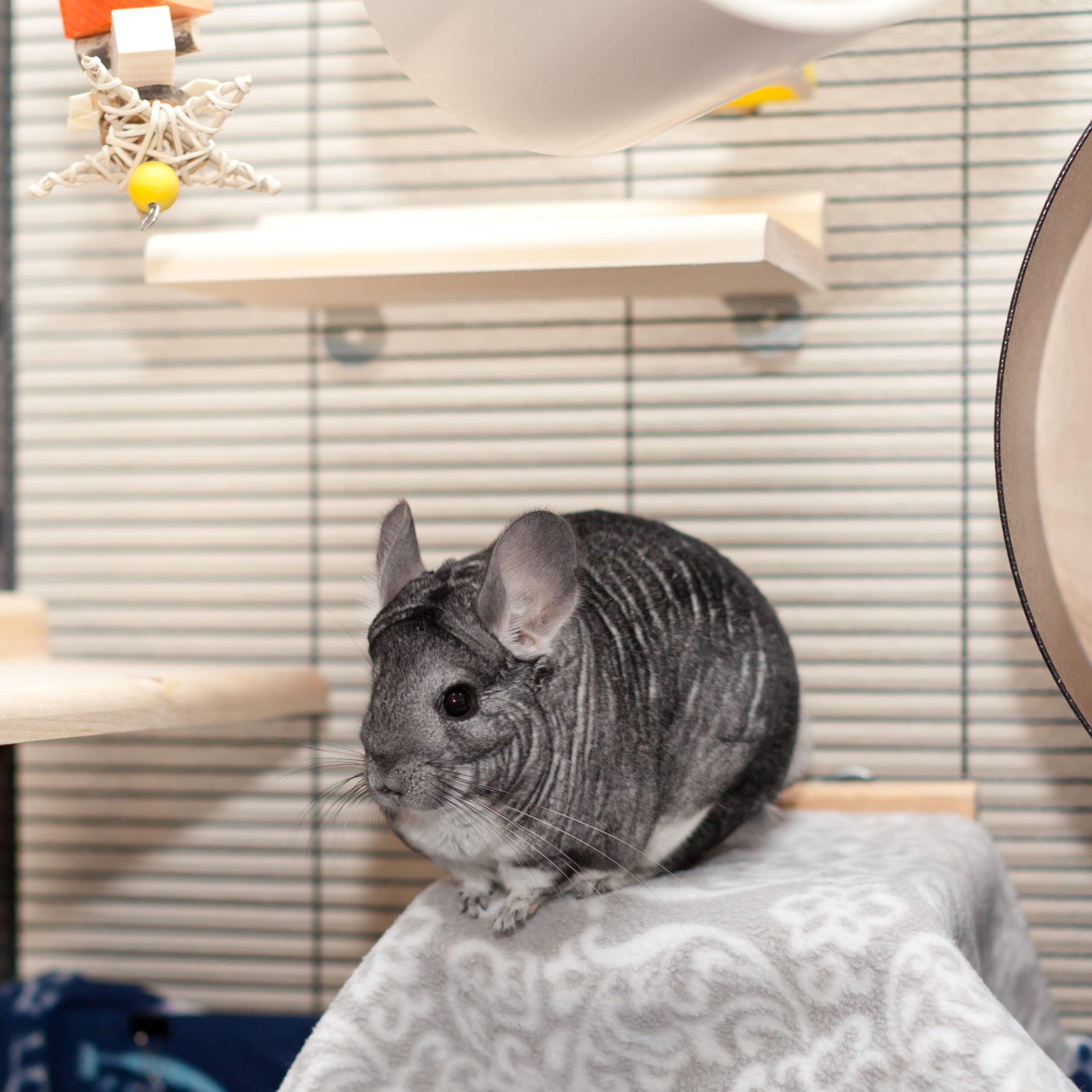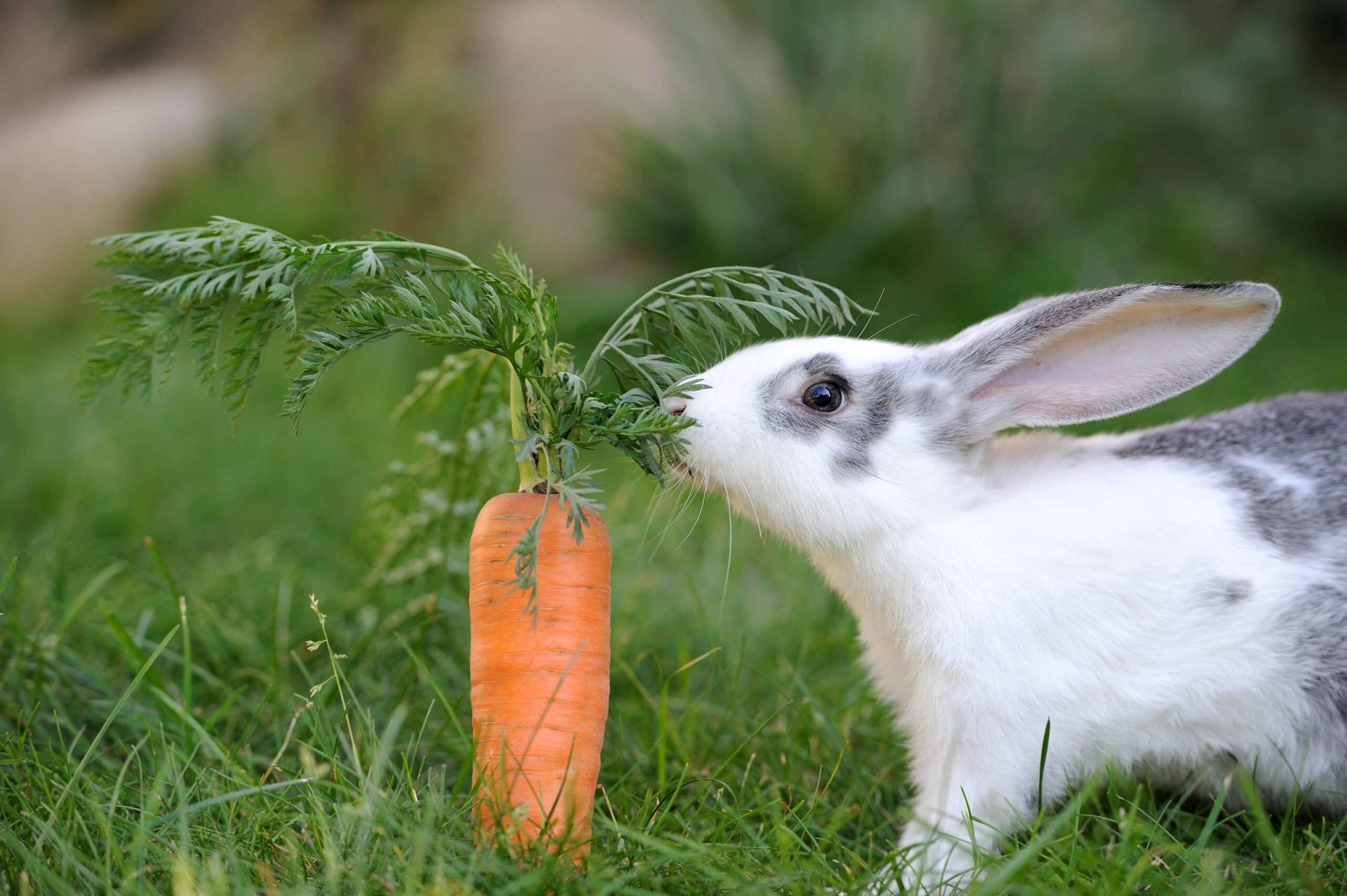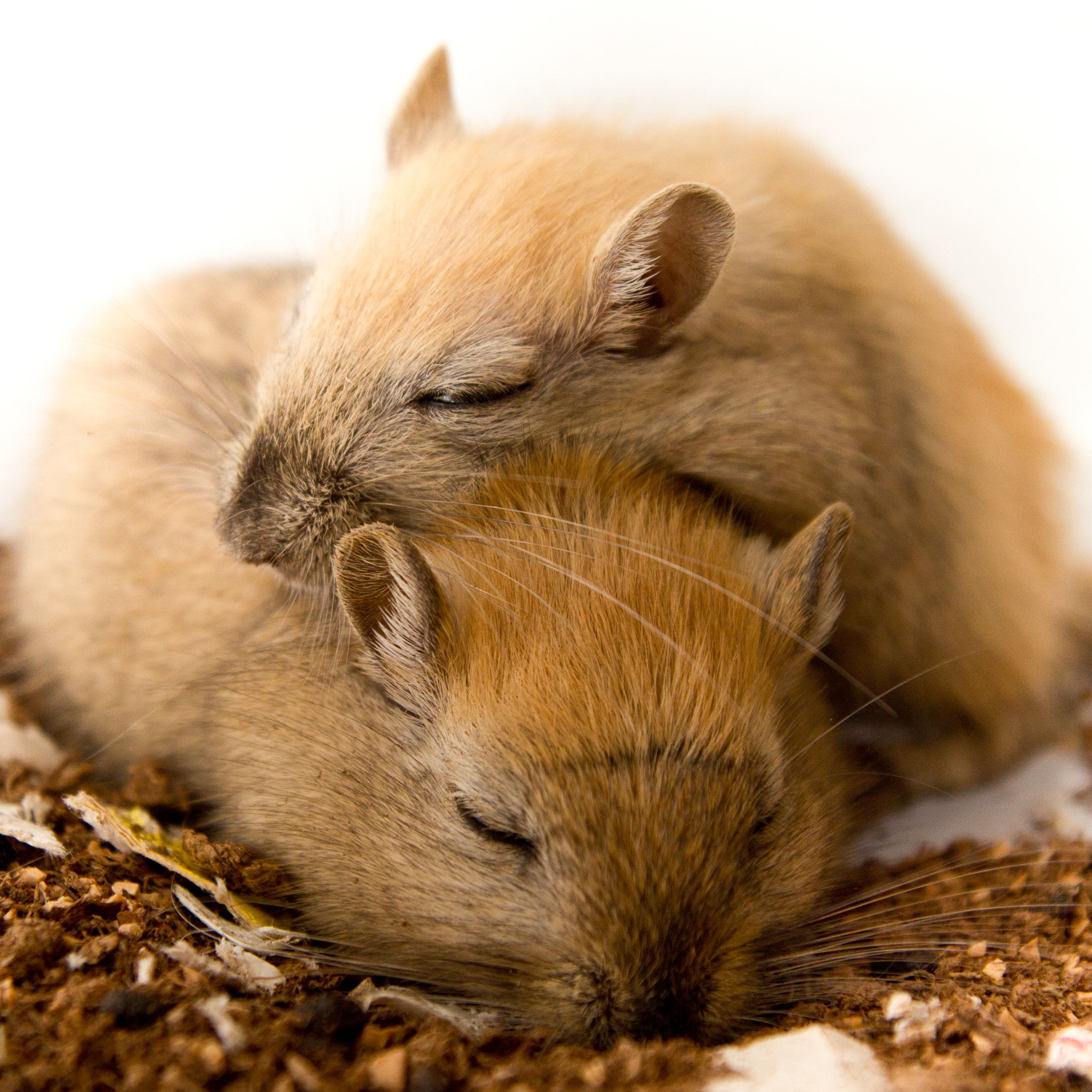Chinchillas are small rodents known for their soft and dense fur, as well as their playful and active nature. If you’ve decided to adopt a chinchilla as a pet, it’s essential to provide them with a safe and suitable environment in your home. These animals are delicate and require specific care to ensure their well-being. Below, we provide you with tips on how to create a safe environment for your chinchilla at home.
1. Choosing the cage
Selecting the right cage is fundamental for the safety and comfort of your chinchilla. Make sure the cage is large enough for your pet to move and jump around easily, as chinchillas are excellent jumpers. Additionally, consider the height of the cage, as they love to climb and explore.
2. Cage placement
Place the cage in a quiet area of your home, away from drafts, direct sunlight, and drastic temperature changes. Chinchillas are sensitive to high temperatures, so keep the room cool and well-ventilated. It’s also important to avoid contact with other pets, as chinchillas are prone to stress.
3. Preparing the cage interior
Inside the cage, provide a safe and comfortable substrate for your chinchilla, such as high-quality grass hay. Avoid using wood shavings, as they can be harmful to their respiratory system. Offer a hideout or shelter where your chinchilla can hide and rest.
Include appropriate water and food containers, preferably with hamster-style sipper tubes to prevent contamination. Additionally, keep in mind that chinchillas are highly active rodents and require both mental and physical stimulation. Provide toys and accessories to keep them entertained and active.
4. Electrical safety and cables
Chinchillas have a natural tendency to chew almost anything they find, including electrical cables. Ensure that all cables are out of your pet’s reach or protected with bite-resistant covers. This is essential to prevent accidents and electrical hazards.
5. Supervision and out of cage time
Allow your chinchilla to enjoy time outside of the cage under careful supervision. Ensure that the room is safe and free from hazards like chemicals or toxic plants. Also, be aware that chinchillas are known to gnaw on furniture and objects, so keep a watchful eye as they explore.
6. Feeding and water
Provide a balanced and suitable diet for chinchillas, including high-quality hay, chinchilla-specific pellets, and fresh water in their daily diet. Avoid giving them inappropriate foods like fruits, vegetables, or processed foods.
In addition, it’s important to understand some specific characteristics and needs of chinchillas:
- Dense Fur: Chinchillas have extremely dense and soft fur. Ensure you provide high-quality dust baths so your chinchilla can keep their fur clean and free from grease.
- Body Cooling: Chinchillas are prone to heatstroke due to their inability to sweat. Keep the room temperature below 24°C (75°F) to avoid overheating issues.
- Nocturnal Activity: Chinchillas are crepuscular and nocturnal animals, meaning they are more active during the late afternoon and night. Ensure they have a quiet and dark environment during their daytime resting hours.
- Exercise Needs: Chinchillas are highly active rodents and require time outside the cage to move and jump. Provide a secure area for supervised exploration, and make sure their cage is large enough for exercise.
- Continuous Dental Growth: Chinchillas’ teeth continuously grow, so it’s vital to provide them with high-quality hay and chew toys, such as untreated wooden blocks. This helps wear down their teeth and prevents dental problems.
By understanding the specific needs of chinchillas and following the advice to create a safe environment at home, you’ll ensure that your pet enjoys a healthy and happy life. Providing an appropriate cage, a balanced diet, and opportunities for exploration, along with proper veterinary care, will contribute to their well-being throughout their life.






